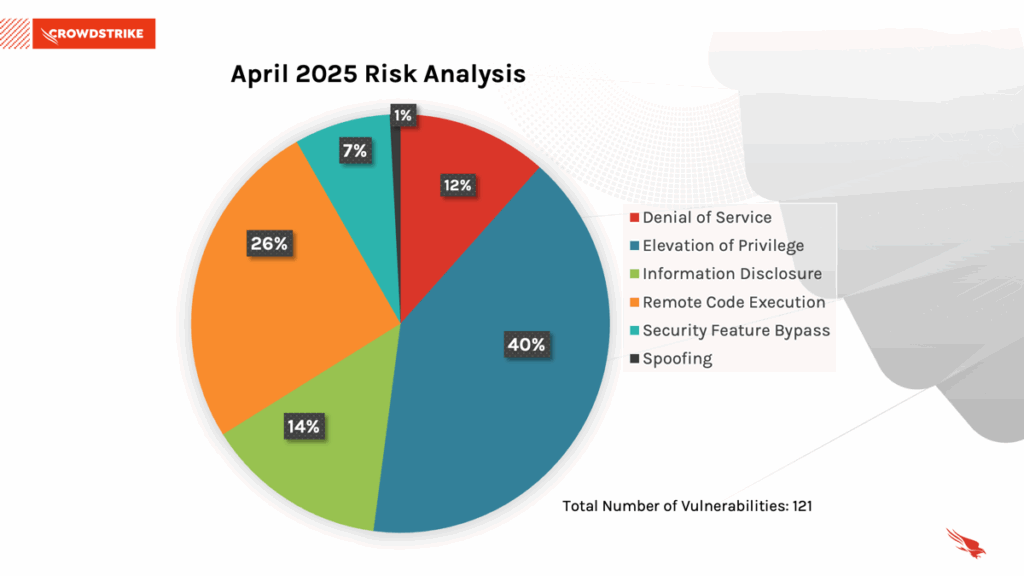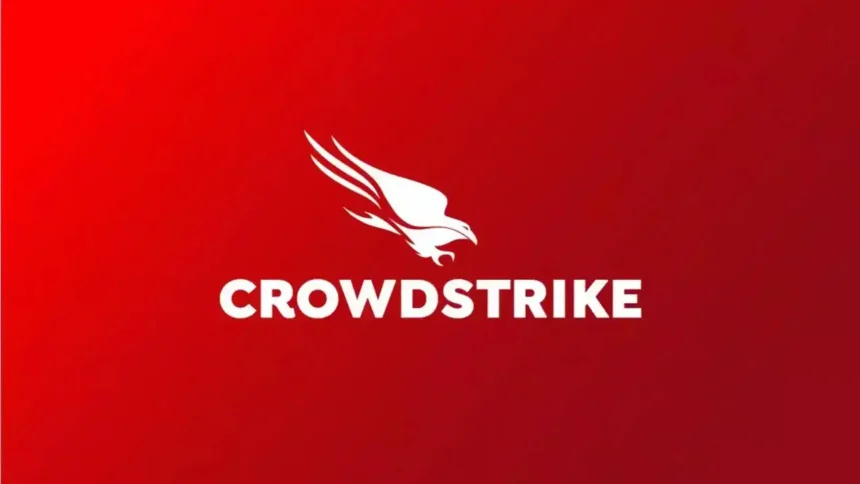With decisive action, CrowdStrike, a well-known cybersecurity company, has announced a reduction of 5% of its global workforce. This decision comes as the company embraces AI efficiency and automation to stay competitive in a fast-evolving tech landscape. But what does this mean for the company, its employees, and the industry? Let’s dive into the details of the announcement and its broader implications.
What’s Happening & Why This Matters
CrowdStrike became a household name after its global IT outage last year and is making major changes. The company has confirmed that it will eliminate 500 positions, amounting to 5% of its workforce, citing AI’s role in creating efficiencies within the business.
CrowdStrike’s CEO, George Kurtz, explained in a company memo that AI has reshaped the business by speeding up product development and driving efficiencies across various departments. He emphasized that AI is a “force multiplier” supporting front-end and back-end operations. This move is not just about automating tasks; it’s part of a broader strategy to meet market demands, expand its product offerings, and enhance growth.
However, the decision comes at a cost. CrowdStrike expects to incur up to $53 million due to these layoffs. While the company recently posted impressive revenue numbers — $1 billion for Q4 2025, a 25% year-over-year increase — its quarterly loss of $92 million and the notorious IT outage last year have raised concerns.
The July outage, which involved a faulty cybersecurity update, brought down millions of Windows systems worldwide, affecting airports, hospitals, TV networks, and payment systems. This incident raised questions about the company’s ability to manage its technology effectively. Yet, with AI at the helm, CrowdStrike wants to move past such mishaps and continue innovating.
Implications
While the cut is framed as improving efficiency, some experts are skeptical. Gartner’s Aaron McEwan expressed doubts, suggesting that AI-driven job cuts could be more about managing financial setbacks than achieving true productivity gains. In fact, his research shows that less than 50% of employees use AI in their daily work, and only 8% use it to improve productivity.
Others, like Toby Walsh, an AI professor, criticize CrowdStrike’s decision as “tone-deaf,” especially after the IT outage last year. He argues that the company could have redeployed these workers to handle emergency response and fix critical bugs instead of focusing on layoffs.

Meanwhile, experts like Niusha Shafiabady from the Australian Catholic University see AI job replacements as an “unavoidable reality.” According to a report from the World Economic Forum, nearly 23% of jobs worldwide could change in the next five years due to AI and other macroeconomic trends. While some jobs will be created, others will disappear, leading to a net job loss.
TF Summary: What’s Next
As AI infiltrates various industries, TF expects more companies, especially in tech, to explore AI-driven job cuts. While this might improve efficiency and profitability, it also poses ethical and social questions about the future of work. Will AI’s role be confined to enhancing productivity, or, will it eventually replace human workers altogether?
For now, CrowdStrike will push AI innovations, but pressure is on to ensure that these changes bring tangible benefits to its customers and employees. The company’s trend of automation is increasingly seen as both a solution and a challenge.
— Text-to-Speech (TTS) provided by gspeech


